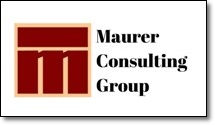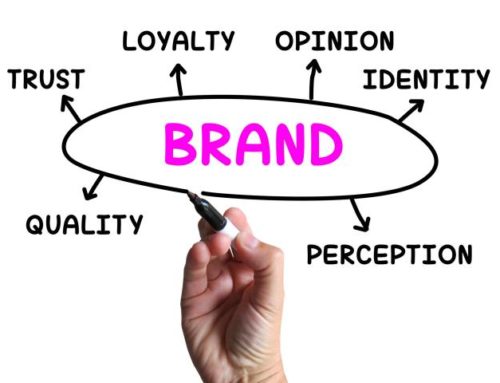 During a recent meeting with a fellow consulting colleague, we discovered that though our services are not exactly the same, our customers still share similarities. This was especially true when it comes to branding and marketing. Rob specializes in marketing and public relations for larger manufacturing companies. I do strategic management consulting with small businesses. In spite of our different customer bases, it was clear that business leaders of all sizes and types of businesses often lack clarity when it comes to branding their company.
During a recent meeting with a fellow consulting colleague, we discovered that though our services are not exactly the same, our customers still share similarities. This was especially true when it comes to branding and marketing. Rob specializes in marketing and public relations for larger manufacturing companies. I do strategic management consulting with small businesses. In spite of our different customer bases, it was clear that business leaders of all sizes and types of businesses often lack clarity when it comes to branding their company.
During our conversation, Rob mentioned being called in by a prospect to work with their marketing people and and outside web site development company. The company executives felt it was time to update their web presence. This was exactly the type of client and project that Rob’s team has worked with successfully over the years.
What was discussed between Rob and the potential client by telephone phone sounded like a perfect fit for Rob and his team. At their first meeting, complete with the client, his marketing staff and the web site developers, conversation quickly turned to color… what colors should be used on their site? When the web design team chimed in, they quickly turned the conversation to using stock photos for the client’s site.
Rob respectfully offered that they needed to hit the brakes and back up a bit. It had quickly become apparent that no one in the room knew anything about the company brand. Not the business leaders, not their marketing staff and not the web design team had a clue.
Bear in mind, this was a pretty large firm and had been in business for decades. Yet, no one representing their company at that meeting could tell Rob what their brand was. Guiding the conversation into a discussion about the company, what they manufacture, and how they work, Rob made notes about vital information needed to clearly define their brand.
Back at his office, Rob reread his notes, analyzed the information he had collected, then created a brief report about their conversation. When he presented the report to the clients, they were amazed. “This is us!” they exclaimed. “It clearly identifies our company, what we make, and how we work with our customers.” “No,” Rob stated, “This is your brand.”
The report clearly identified who the company was, what they manufactured and sold, and how they worked and treated their customers. Walking through their facilities, he pointed out a number of things in their offices and throughout the plant that could be photographed. Those images could clearly tell their story and personalize the company on the rebranded website. No stock photos would be used. Only honest, factual images would be used to represent the brand to visitors. He further described to them what their marketing efforts needed to be based on… their company brand.
I find that many of my small business clients are also unclear on exactly what a brand is. Or, more specifically, they don’t clearly understand what their brand is. This holds true for established firms as well as solo-preneurs just starting out. Some think their brand is a flashy logo and choice of colors. Others think it’s a matter of just signing up for social media and just ‘being there.’
Yes, all of these elements will be parts of your marketing plan, but they all need to be based on your company brand. Everything that is sent out to represent your company… every single touch point… needs to deliver the exact same, branded, message. It is the repetition of that brand message that will stick with consumers – the right consumers for your products and services.
A brand, whether a personal brand for an individual, or for a larger firm or even a specific product, is the basis for all of the marketing channels and materials you select for your strategic marketing plan. A brand represents the essence of the business, the people, the products or services, and even how the business operates. Everything that goes out as a representation of your firm needs to be based on that brand.
Color schemes should be selected to best represent your brand, not some random color trend that you think is ‘hot’. The same goes for the font selected for your letterhead, printed marketing pieces and even your web site. Even your company logo needs to be designed based on the brand. The identity program of business cards, letterhead, envelopes, postcards, invoices and other internal documents should be designed to express the brand.
Don’t waste time or money on marketing until you have expended the time and effort to clearly identify your own brand. Develop your brand to clearly define who you (or the company) are, exactly what it is that you offer and why customers should be doing business with you. This process is one of the most important strategic moves your business can make on its way to growth and success. If you find the thought of doing this exercise on your own a bit overwhelming, or don’t have the staff to take it on, give us a call. Let’s talk about painting a clear picture of your company that will entice customers to come your way.






